A 1000W motor for a city e-bike offers an ideal blend of power, efficiency, and adaptability, enabling rapid acceleration in stop-and-go urban traffic, effortless hill climbing, and smooth navigation through crowded streets. It delivers higher torque and speed than lower-wattage motors, making city commuting faster and less strenuous while maintaining energy efficiency and manageable weight.
How Does a 1000W Motor Enhance City E-Bike Performance?
A 1000W motor produces significantly more torque—up to 65 Nm or higher—compared to 250W or 500W motors, allowing quicker acceleration from stops and the ability to maintain higher speeds in urban environments. This power ensures smooth handling of steep inclines, heavy loads, and traffic dynamics. Operating typically at 36V to 48V and drawing 20-28 amps, the motor balances energy consumption and heat management, preventing overheating during prolonged rides.
Performance Comparison Chart
| Feature | 1000W Motor | 500W Motor |
|---|---|---|
| Torque (Nm) | 65 | 40 |
| Acceleration (0-20 MPH) | 5-7 seconds | 10-12 seconds |
| Hill Climbing Gradient | 20%+ | 12% |
| Typical Top Speed | 23-28 MPH | 15-20 MPH |
What Are the Key Benefits of Using a 1000W Motor in City Riding?
The key benefits of a 1000W motor for city riding include faster commutes, better hill-climbing ability, and increased load capacity. It reduces rider fatigue by offering strong pedal assist and throttle options. This motor power is ideal for urban dwellers needing both performance and reliability for daily transportation.
- Increased Acceleration: Rapid starts reduce delay in traffic and improve safety.
- Improved Hill Climbing: Effortlessly conquer steep urban inclines without fatigue.
- Extended Physical Stamina: Pedal assist and throttle reduce rider exertion, enabling longer rides.
- Better Load Handling: Carry heavier cargo or passengers without power loss.
- Energy Efficiency: Advanced controllers optimize power use, balancing speed and battery life.
These benefits collectively enhance the urban riding experience by making commutes faster, easier, and more enjoyable.
Why Is a 1000W Motor More Suitable Than Lower-Powered Motors for City E-Bikes?
Lower-powered motors (250W-500W) often struggle with quick acceleration and steep hills common in cities. The 1000W motor’s higher torque and power output provide a more responsive ride, better adapting to stop-and-go traffic and uneven terrain. Additionally, 1000W motors paired with efficient battery systems maintain performance without overheating, unlike smaller motors pushed beyond their limits.
How Does Battery Choice Affect the Use of a 1000W Motor in City E-Bikes?
Battery voltage and capacity directly influence motor output and range. For example, a 36V 10.4Ah battery paired with a 1000W motor delivers balanced power and weight, ideal for maneuverability. Larger batteries like 48V 15Ah or dual 52V 20Ah systems extend range and maintain voltage under load, supporting higher speeds and longer rides. Efficient battery management and pedal assist modes further optimize energy use, prolonging ride time without sacrificing power.
Battery and Motor Pairing Chart
| Battery Voltage | Capacity (Ah) | Typical Range (miles) | Suitability |
|---|---|---|---|
| 36V | 10.4 | 20-30 | Lightweight urban use |
| 48V | 15 | 40-50 | Balanced power & range |
| Dual 52V | 20+ | 60-75 | Extended range & hills |
What Safety Features Complement a 1000W Motor City E-Bike?
Due to higher speeds and torque, 1000W motor e-bikes require robust safety features such as hydraulic disc brakes for consistent stopping power, reinforced aluminum alloy frames to withstand stress, and bright LED headlights for visibility. Thermal sensors in controllers prevent motor overheating, while ergonomic designs improve rider control and comfort in crowded urban settings.
Buying Tips
- Match Motor Power to Terrain: Choose 1000W motors for hilly or heavy-load urban environments.
- Select Appropriate Battery: Opt for 36V-48V batteries with sufficient amp-hours to balance range and weight.
- Prioritize Braking Systems: Hydraulic disc brakes offer safer stopping at higher speeds.
- Consider Frame and Suspension: Aluminum frames with front suspension improve durability and comfort.
- Evaluate Tire Options: 26-inch fat tires for rough surfaces; 27-inch for smooth city roads.
- Check Warranty and Support: Purchase from reputable brands like TST EBike with strong customer service.
- Test Ride: Always test the bike to assess power delivery, handling, and comfort.
These tips help ensure you select a 1000W motor city e-bike that fits your commuting needs and safety requirements.
TST EBike Expert Views
“TST EBike’s 1000W motor city e-bikes strike the perfect balance between power and efficiency, designed specifically for the urban rider’s demands. Our brushless motors paired with optimized battery systems deliver rapid acceleration and reliable hill climbing, while hydraulic brakes and ergonomic frames enhance safety and comfort. We continuously refine our designs based on user feedback to provide affordable, high-quality electric bikes that transform city commuting.” — TST EBike Engineering Team
FAQ
Q: Can a 1000W motor city e-bike handle steep hills?
A: Yes, 1000W motors provide enough torque to climb inclines over 20% gradient effortlessly.
Q: Does a 1000W motor consume more battery?
A: It uses more power under load but paired with efficient batteries and pedal assist, it balances range and performance.
Q: Are 1000W motor e-bikes legal in cities?
A: Regulations vary; many allow 1000W motors with speed limits and licensing requirements.
Q: How fast can a 1000W motor city e-bike go?
A: Typically between 23 and 28 mph, depending on battery and terrain.
Q: Is maintenance higher for 1000W motors?
A: Brushless 1000W motors require minimal maintenance; regular battery and brake checks suffice.
Using a 1000W motor for a city e-bike offers unmatched acceleration, hill-climbing ability, and efficiency, making it the optimal choice for urban riders seeking power and reliability in diverse conditions.

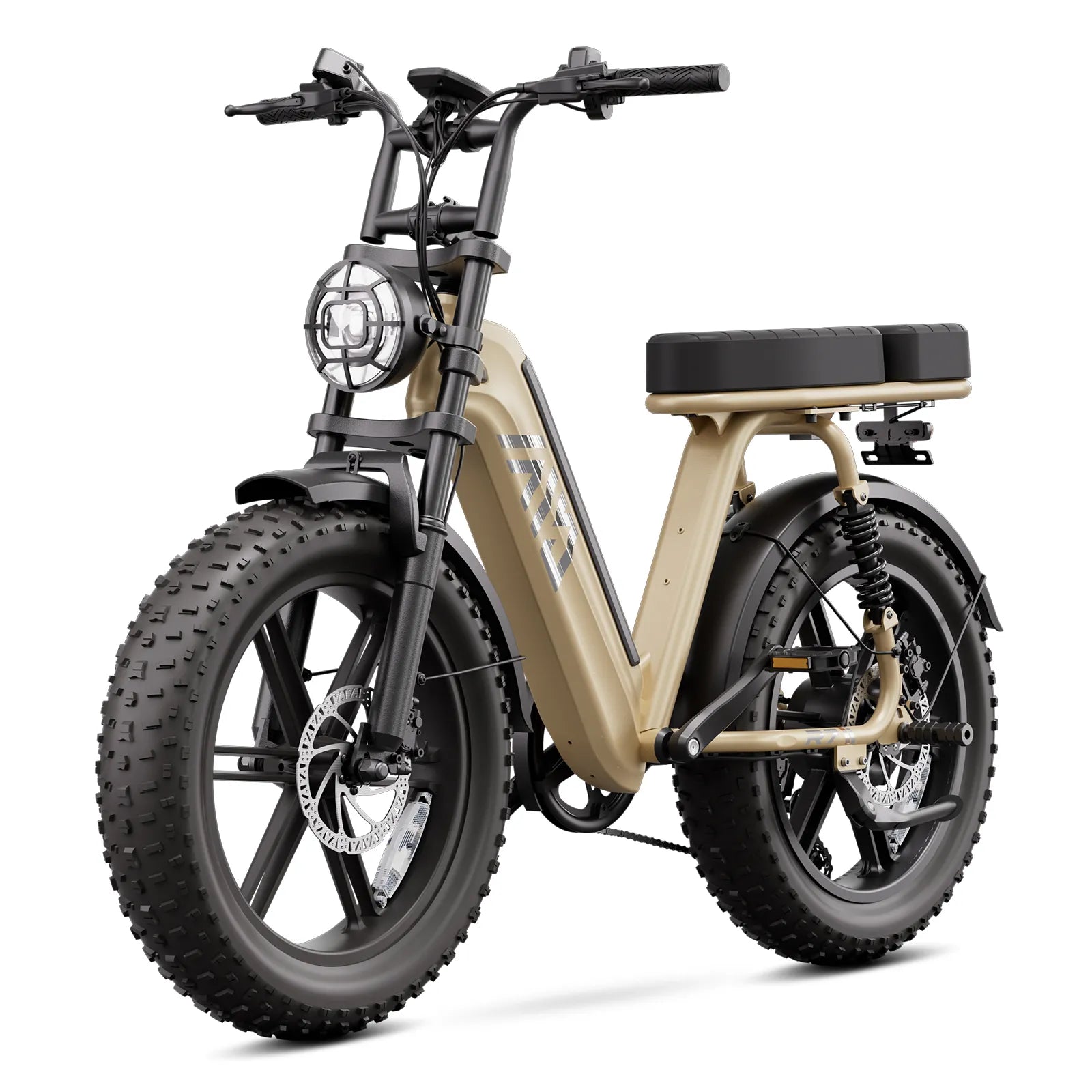
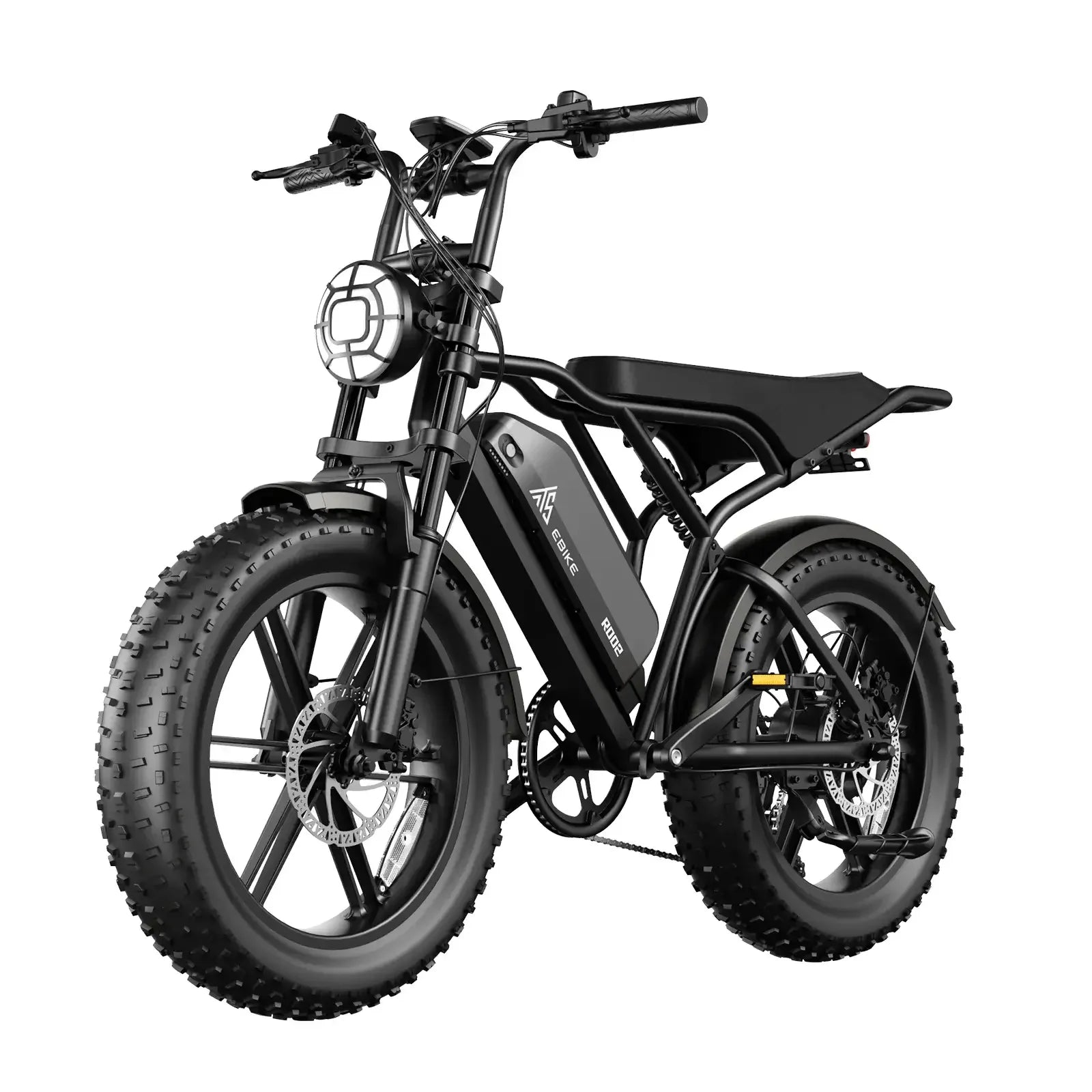
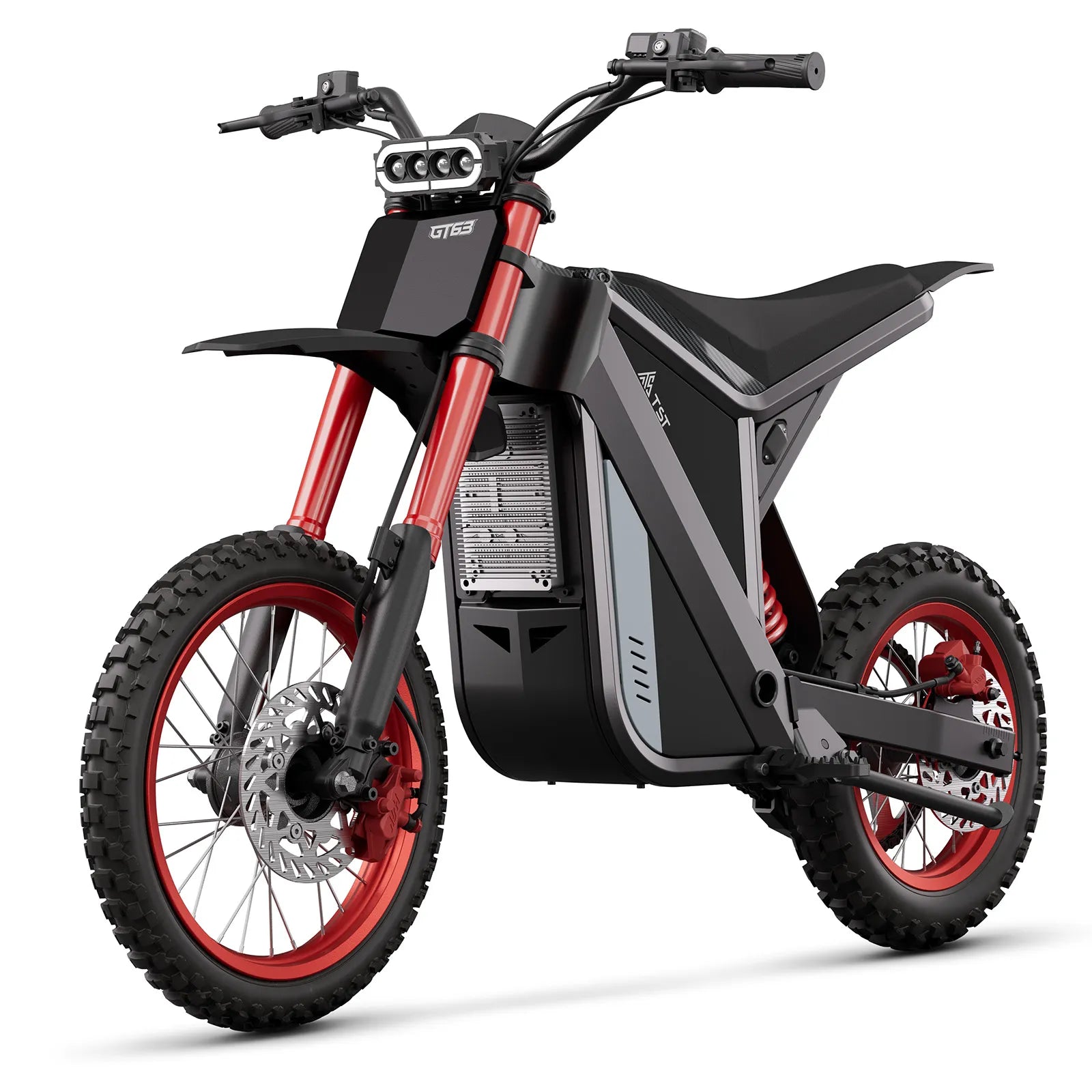
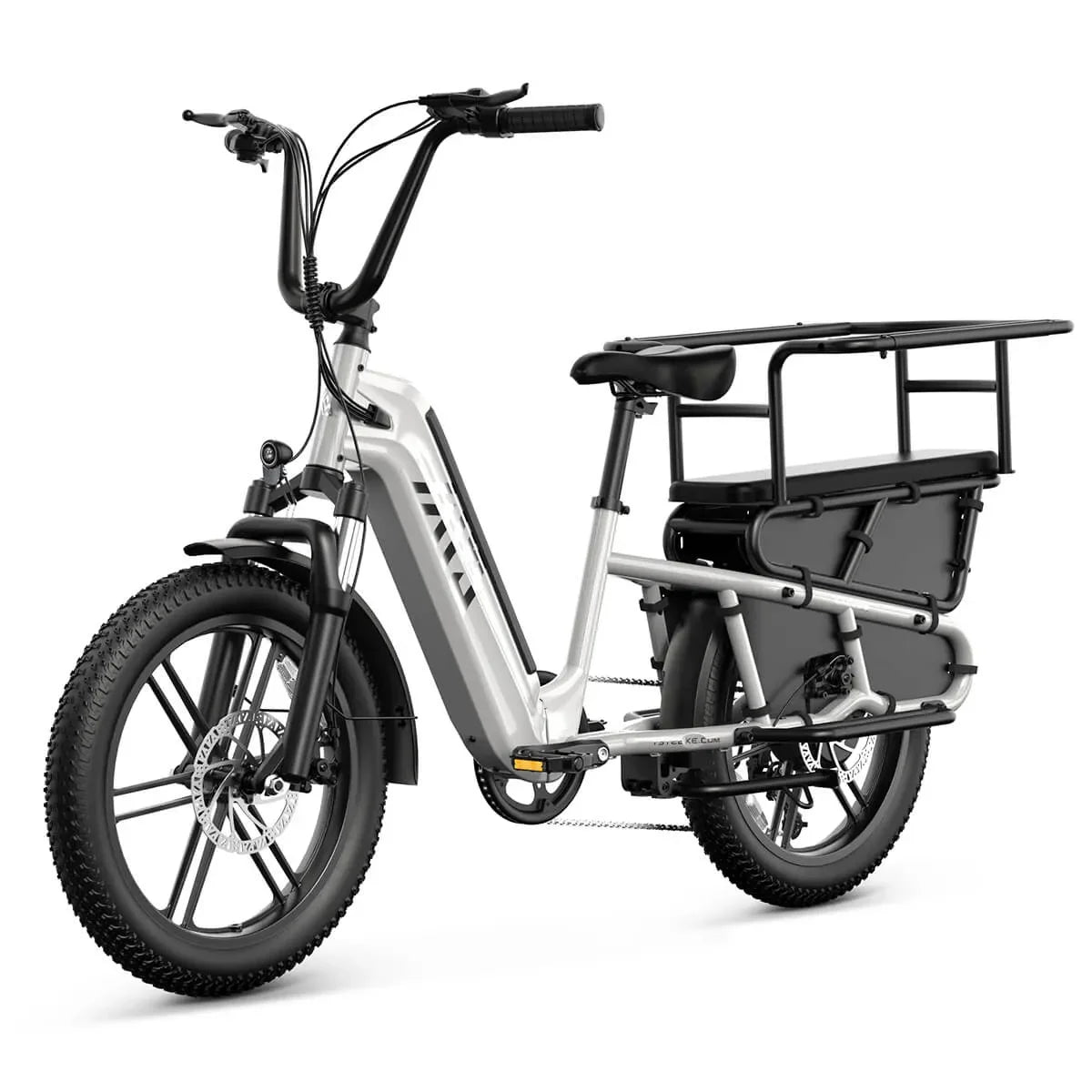
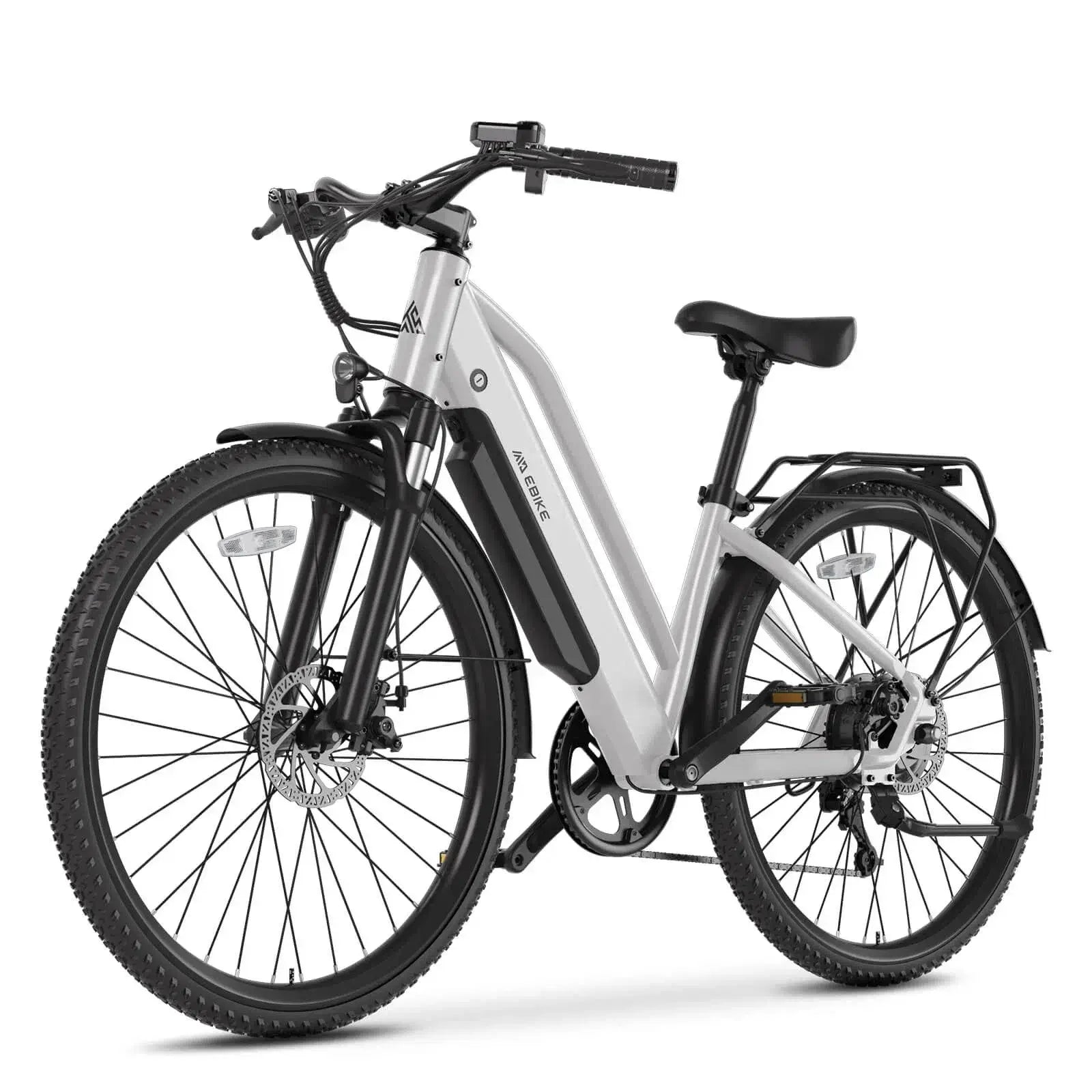
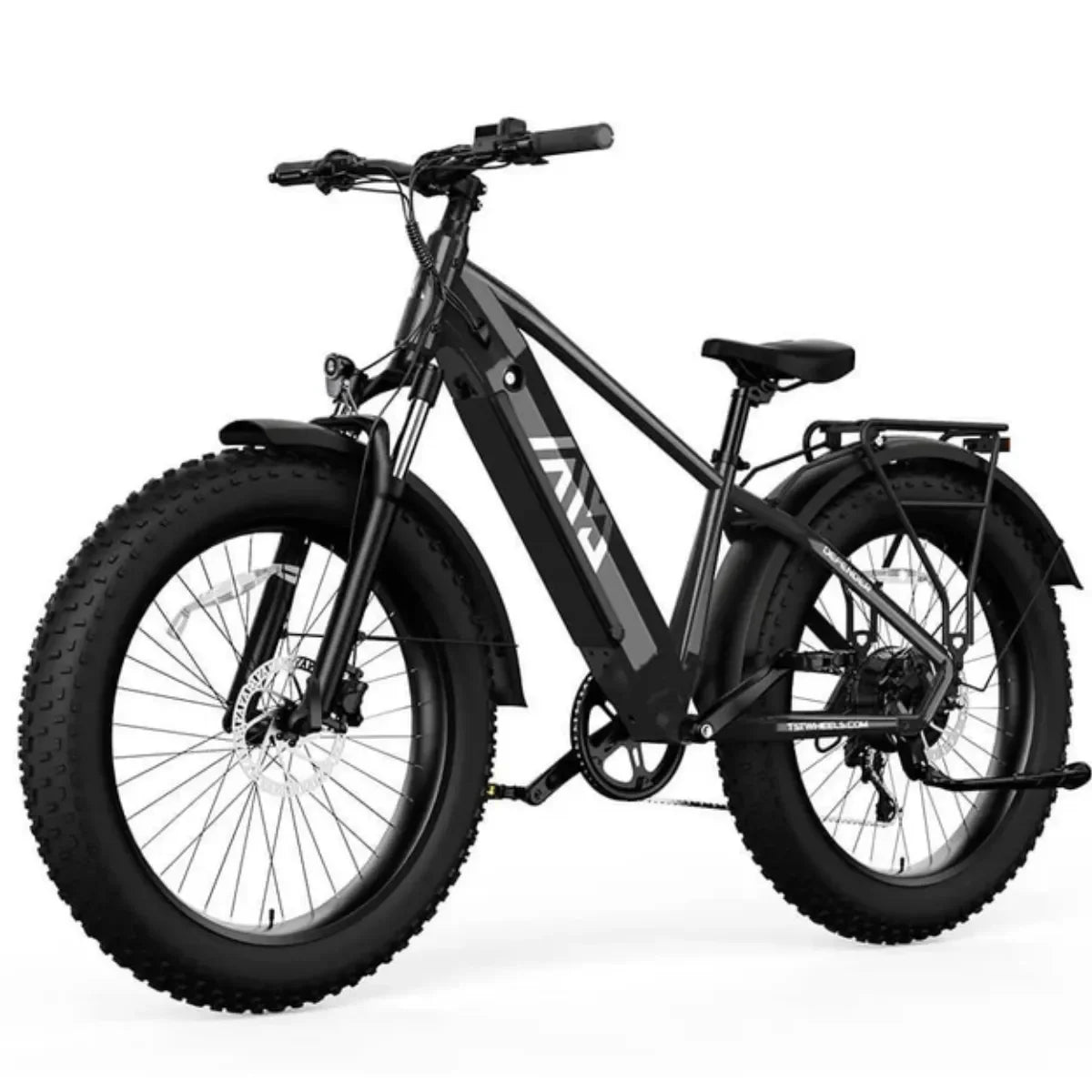
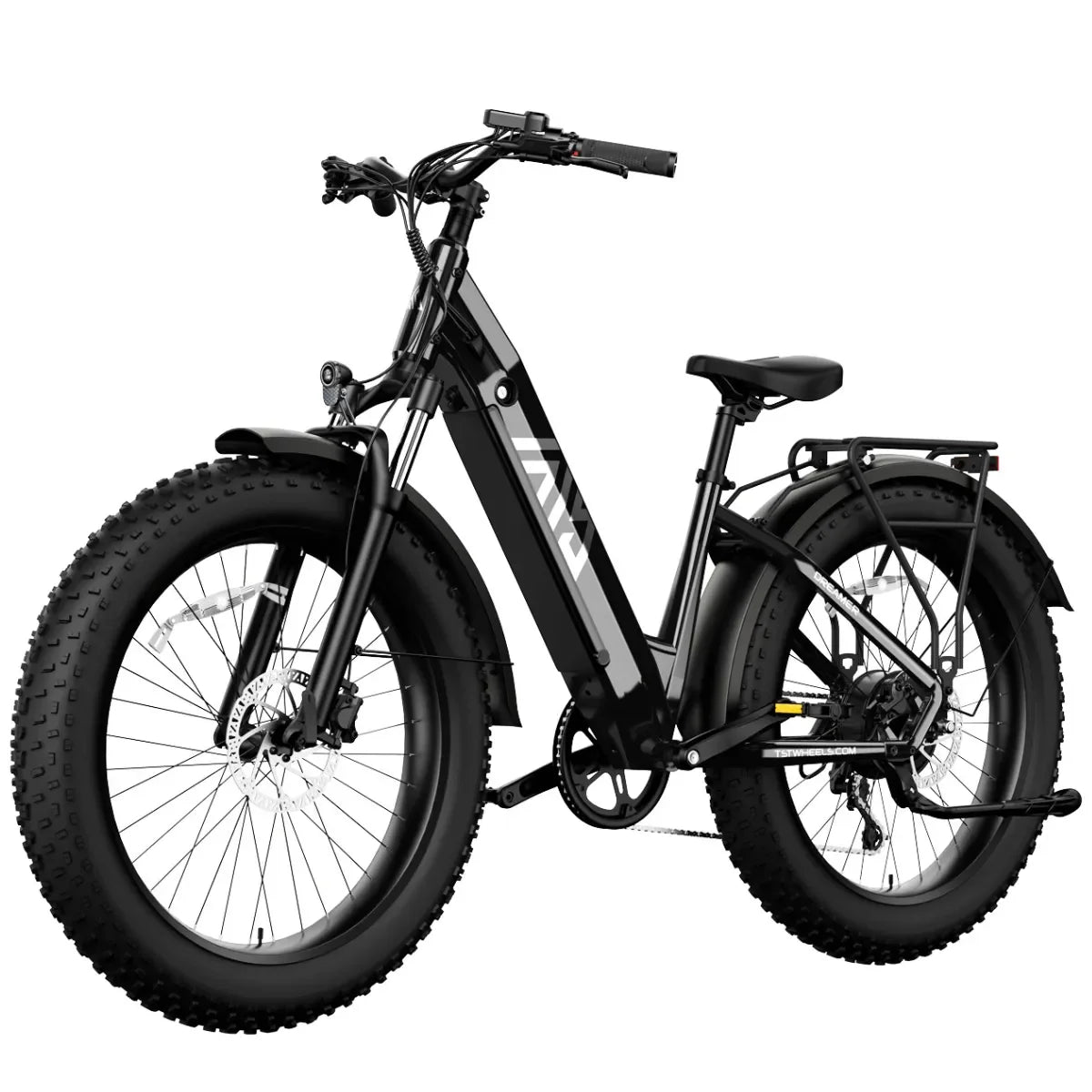
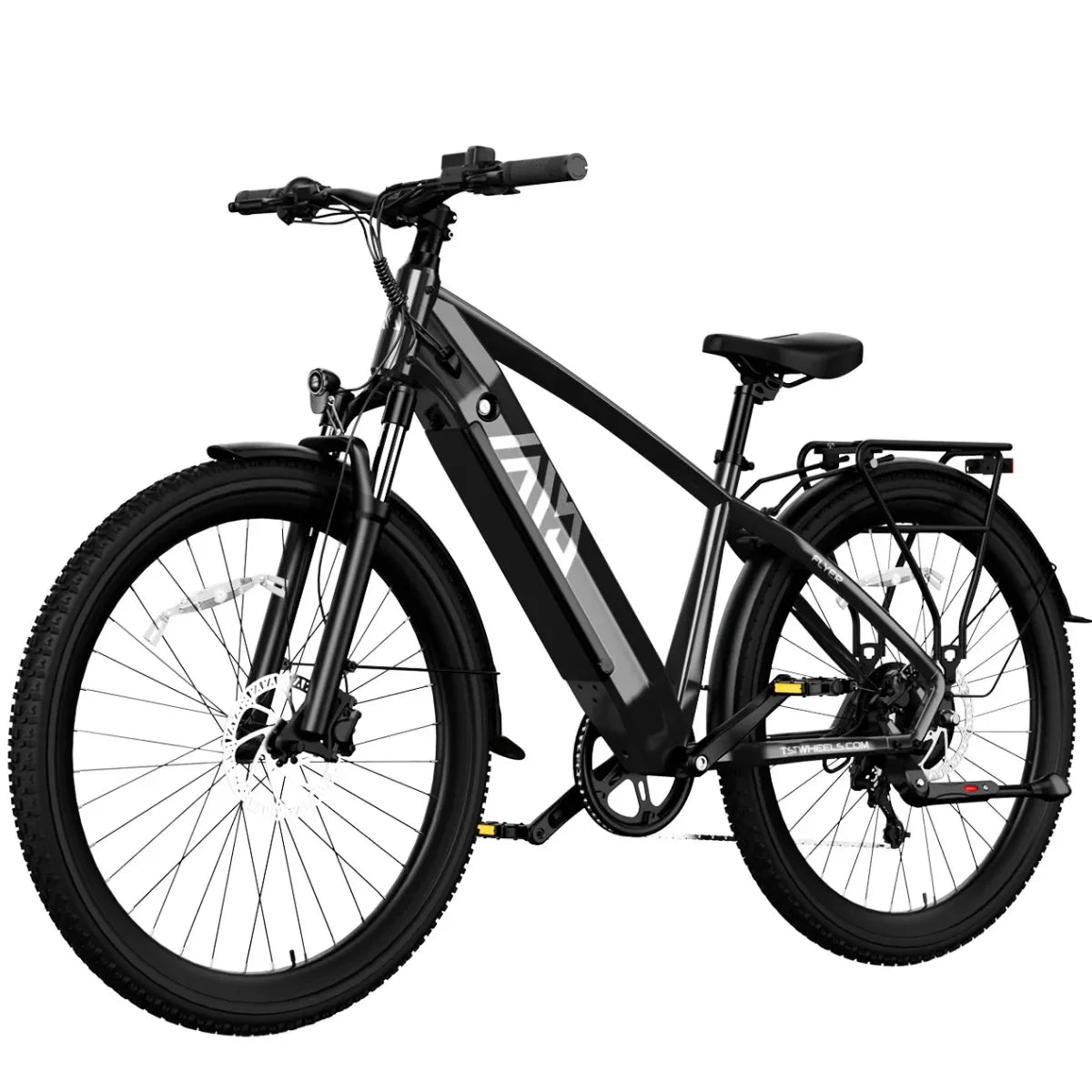
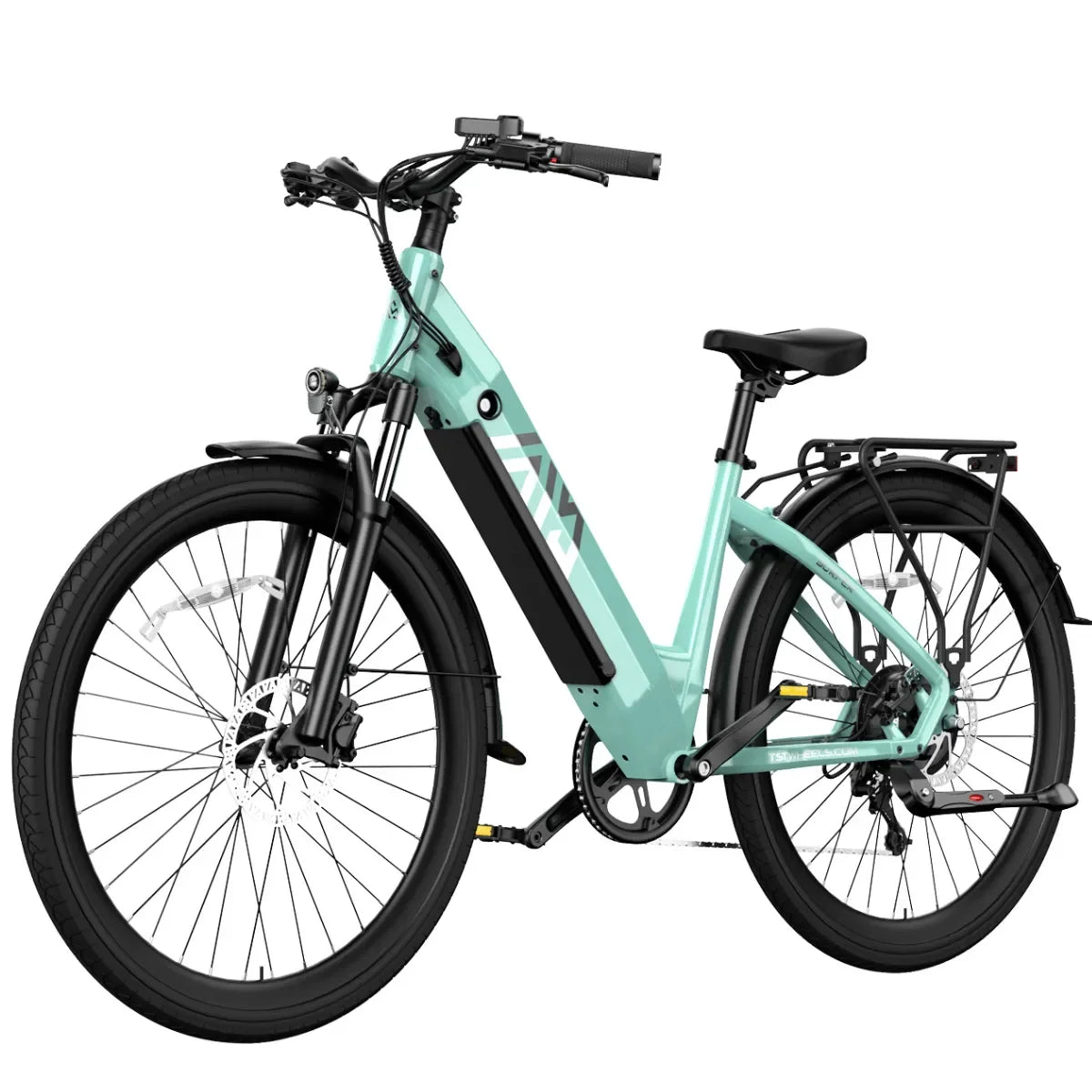
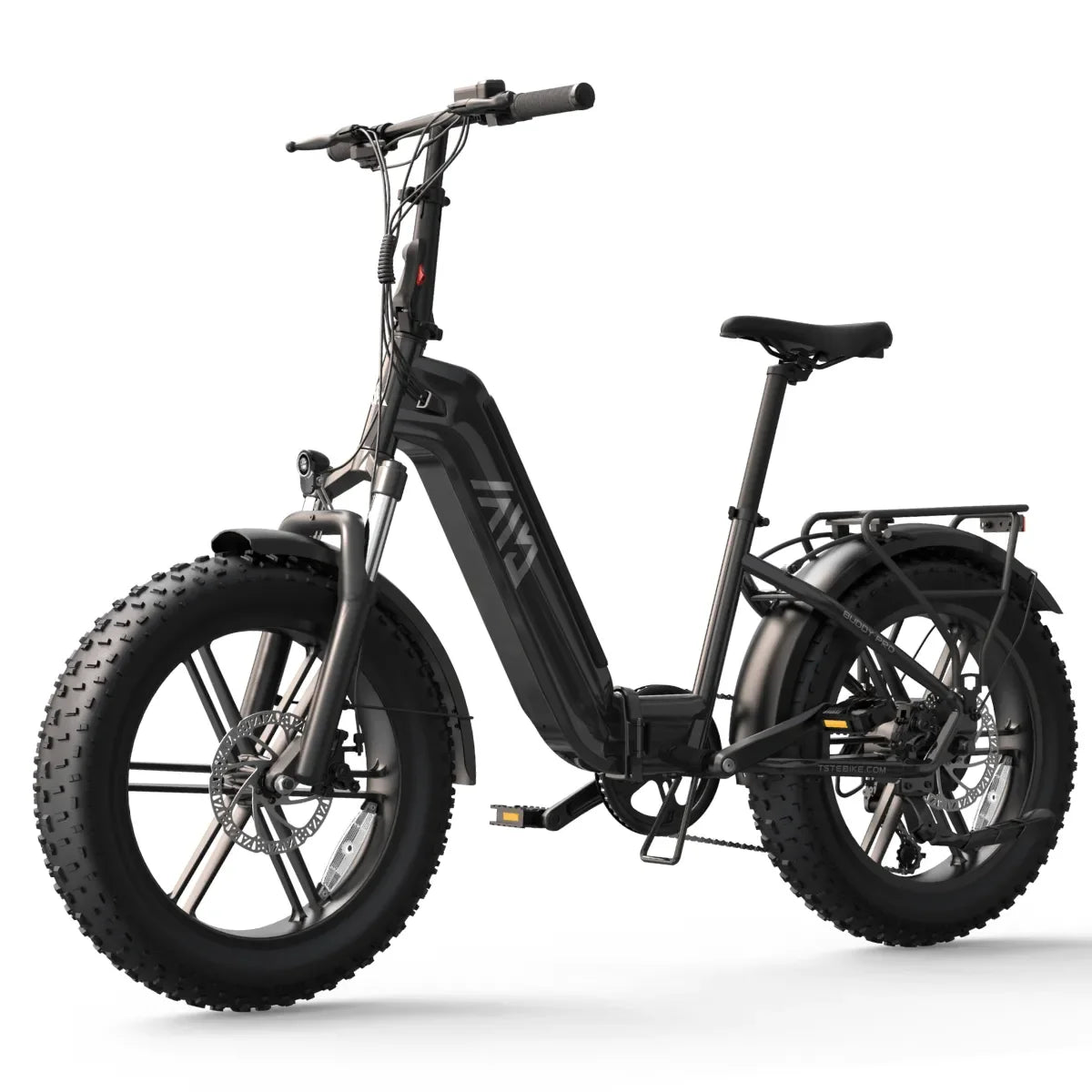
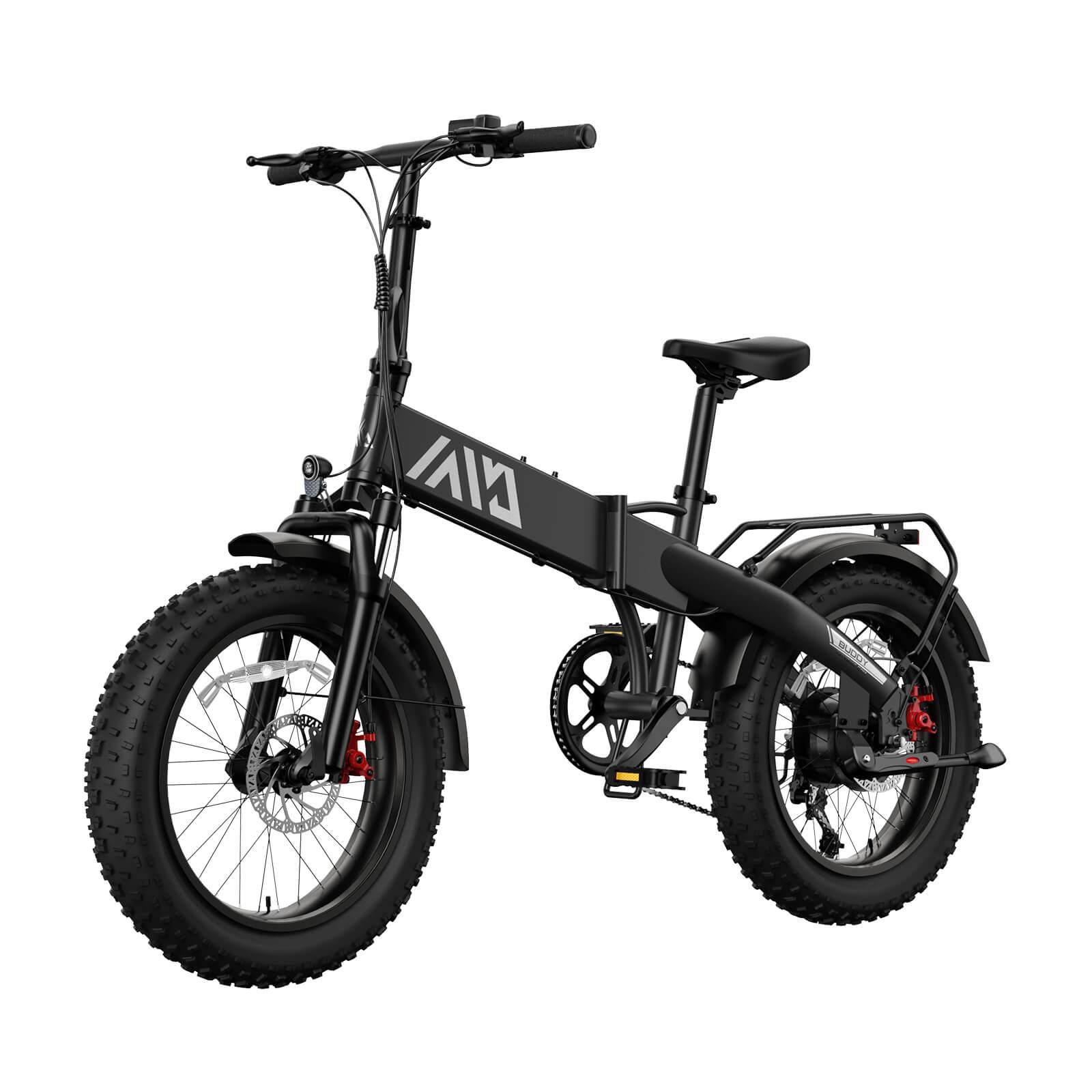
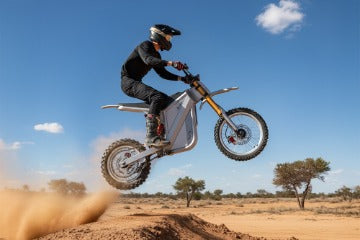
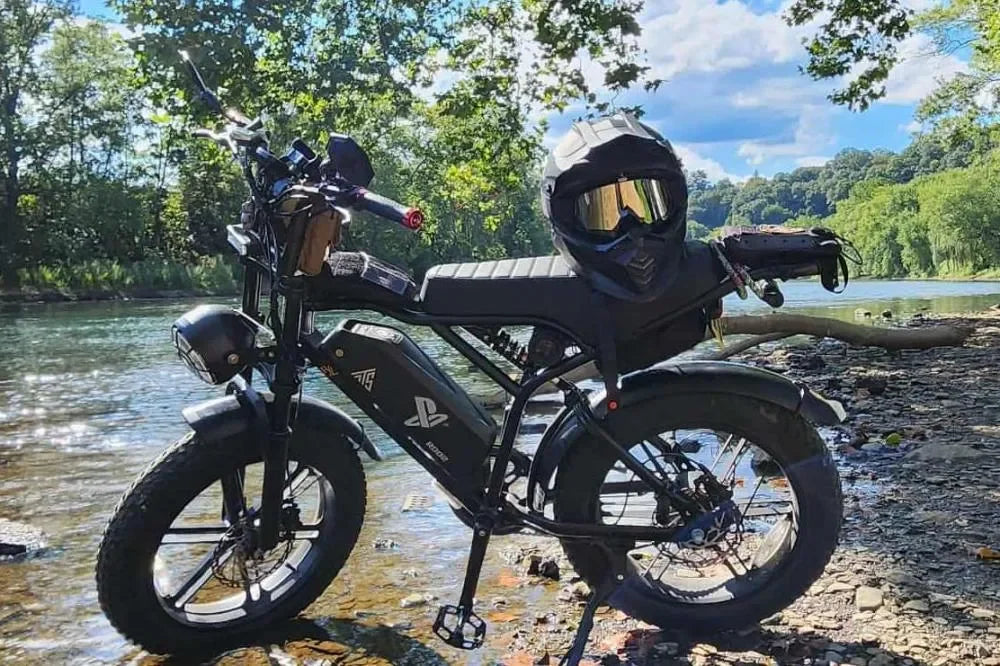
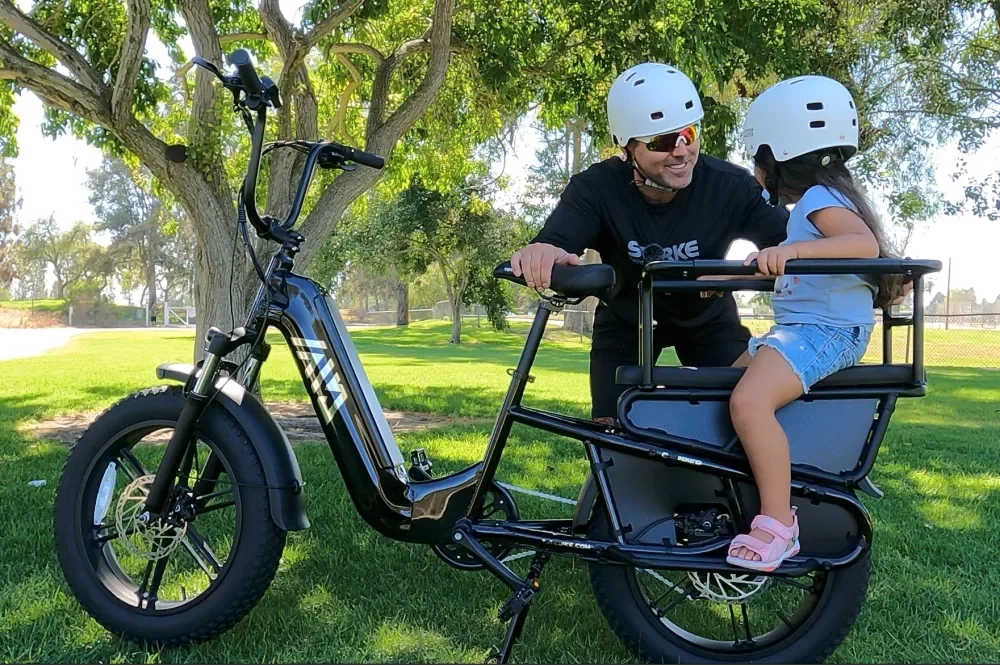
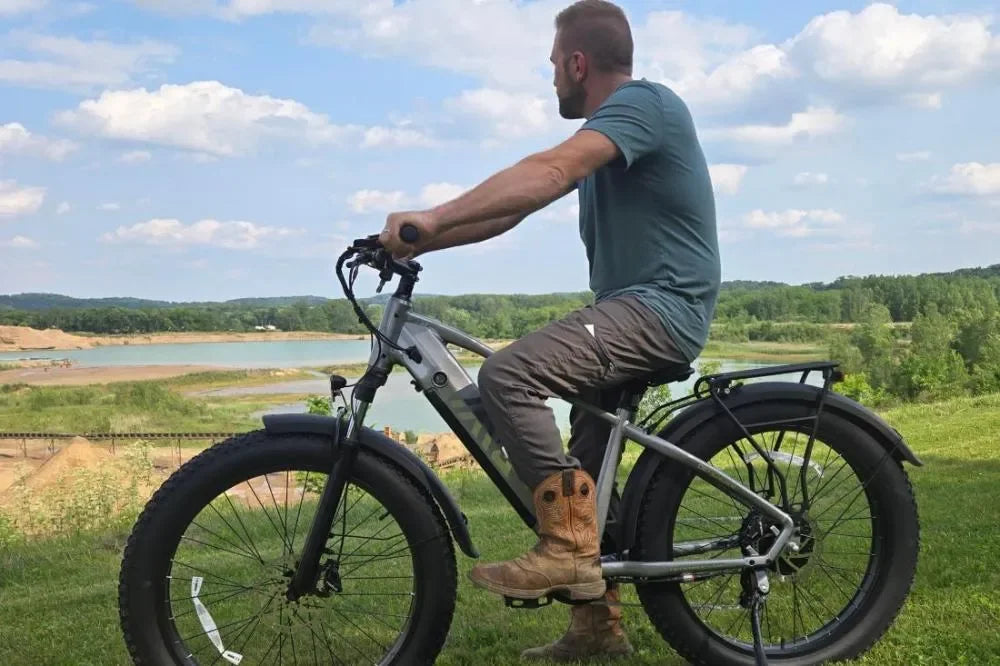
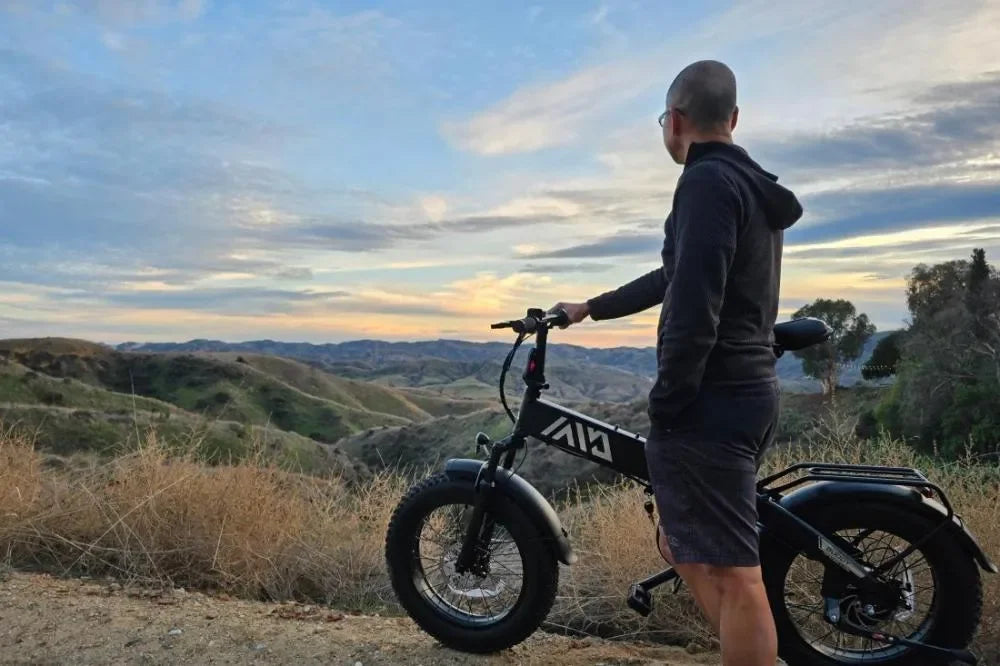
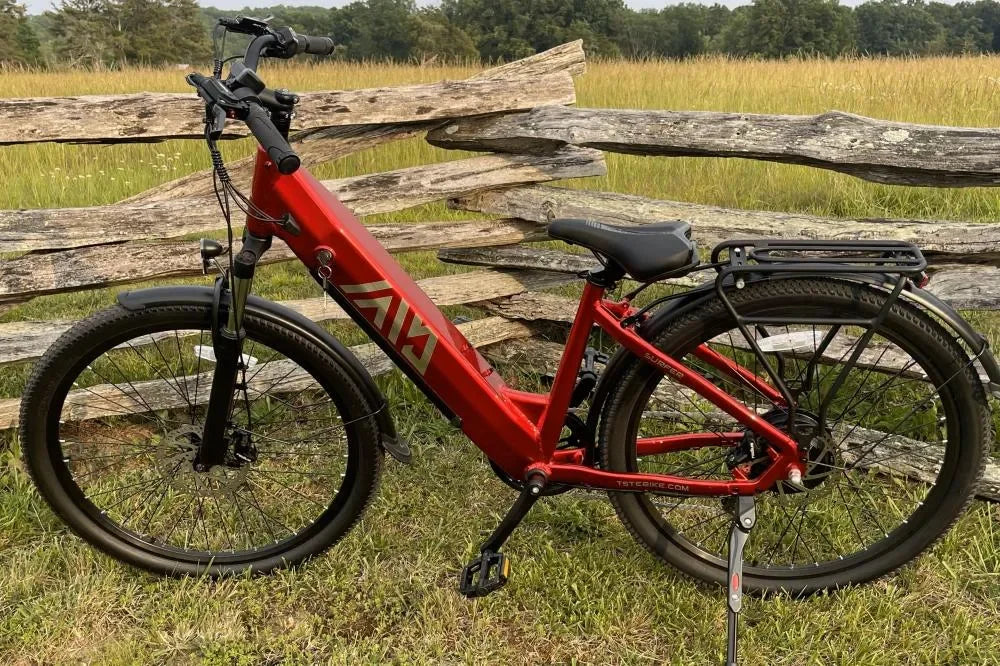
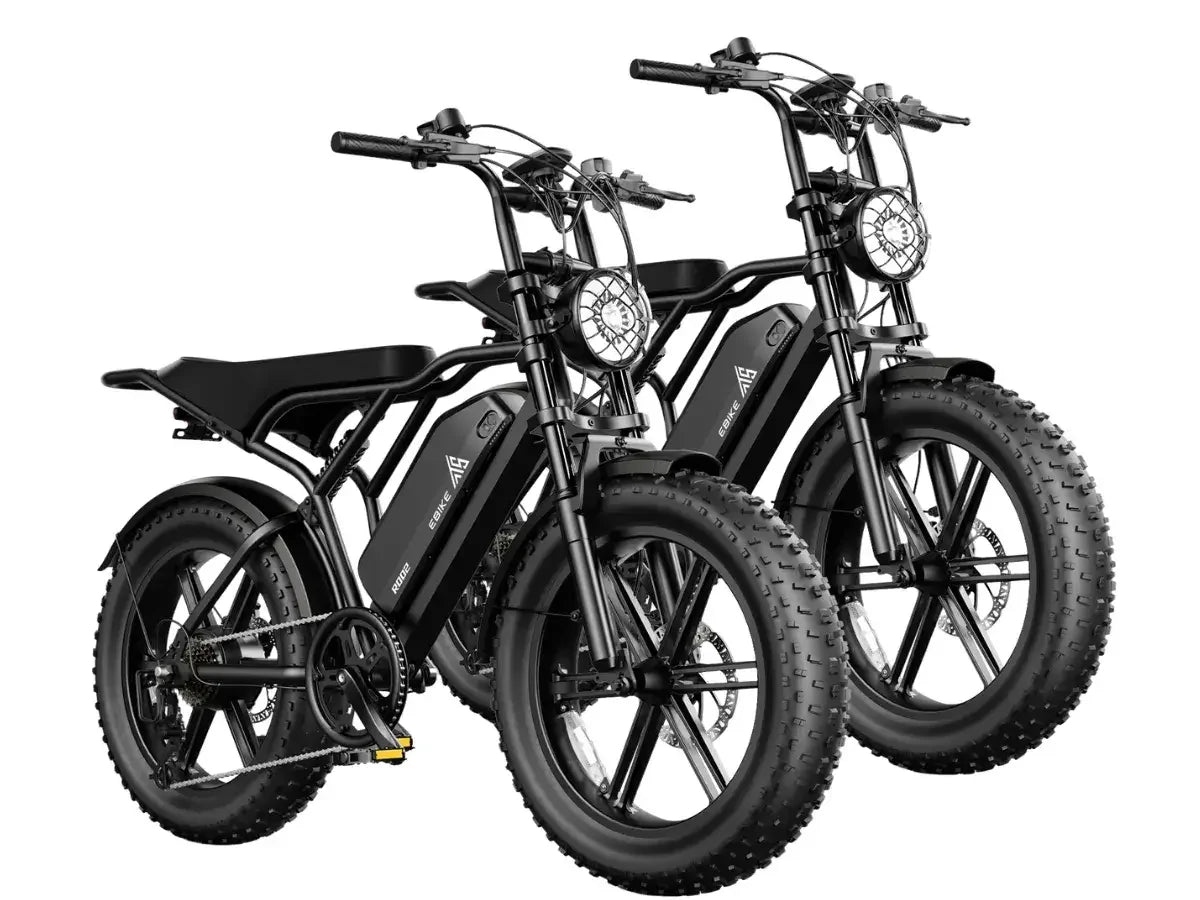
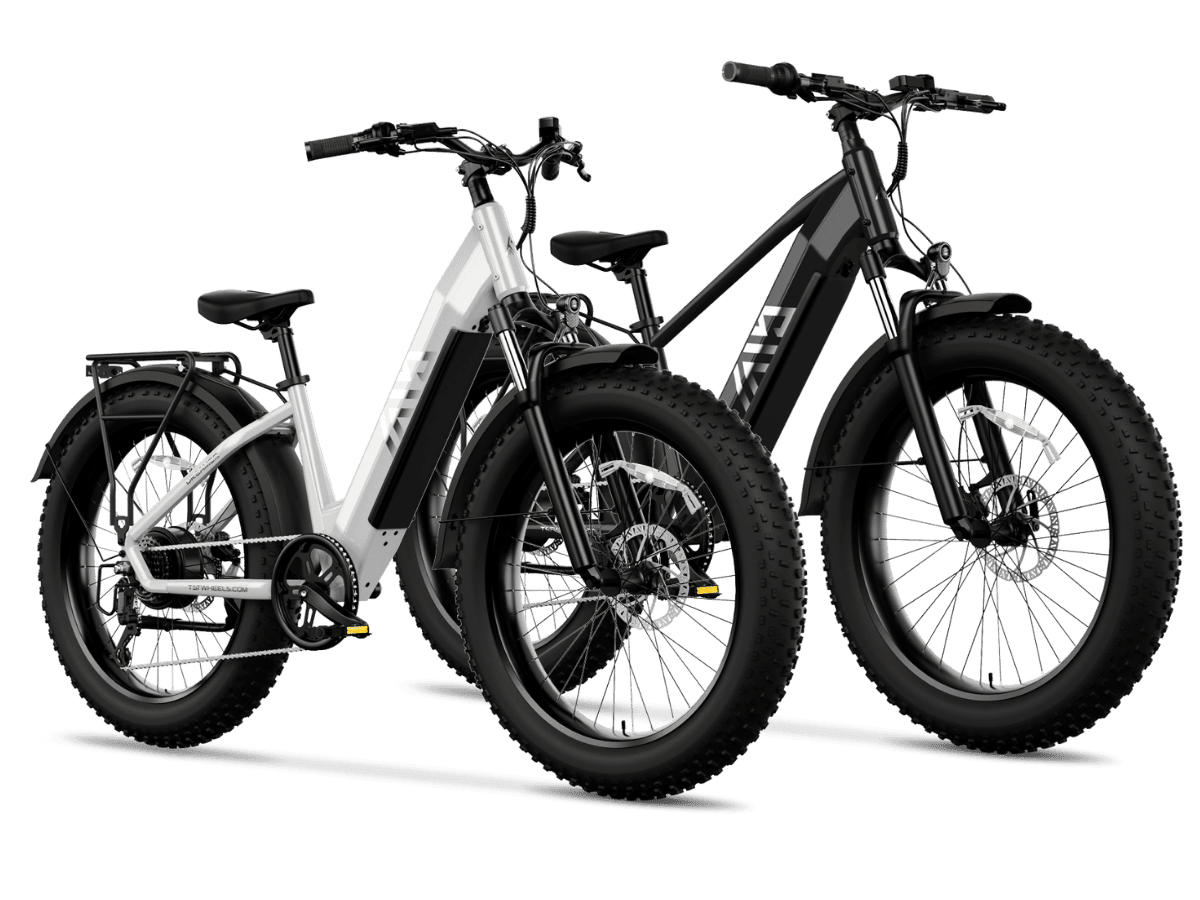
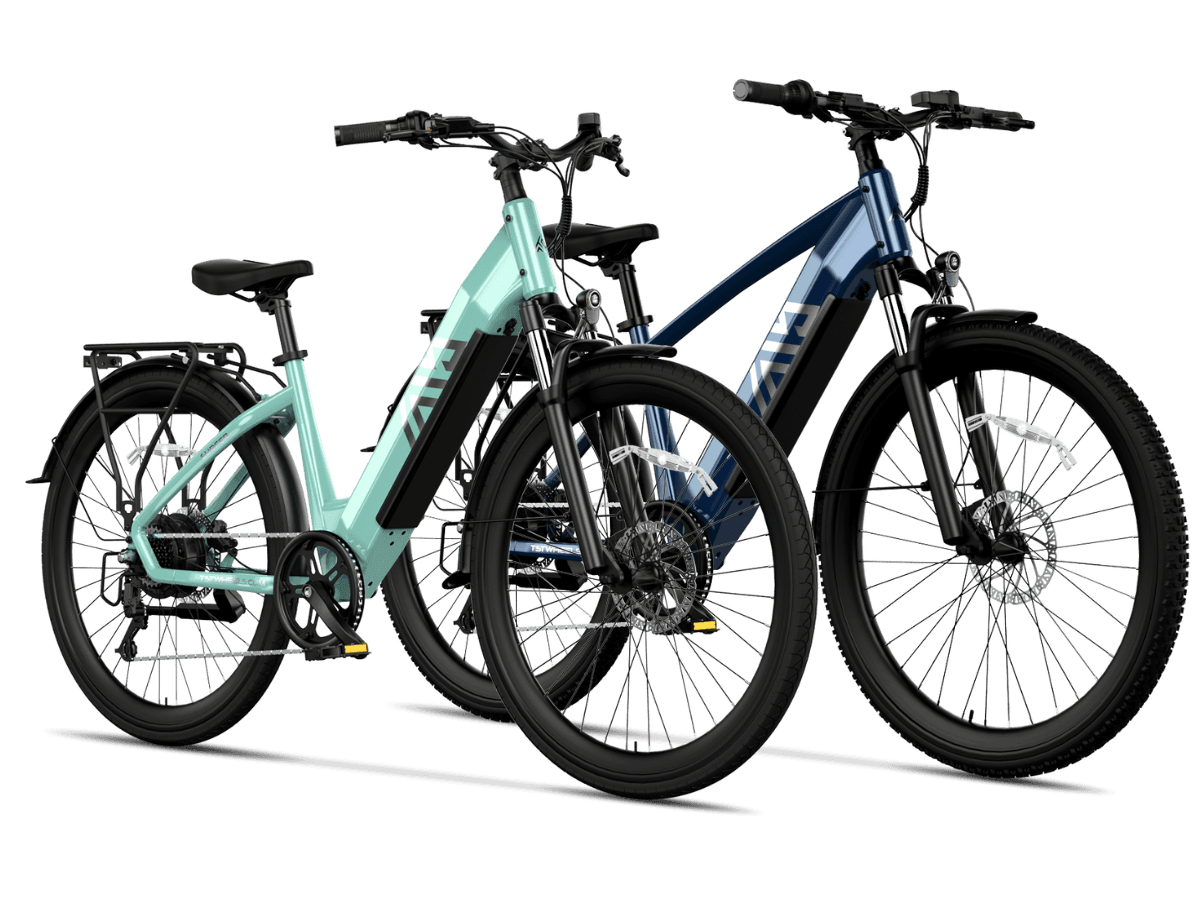
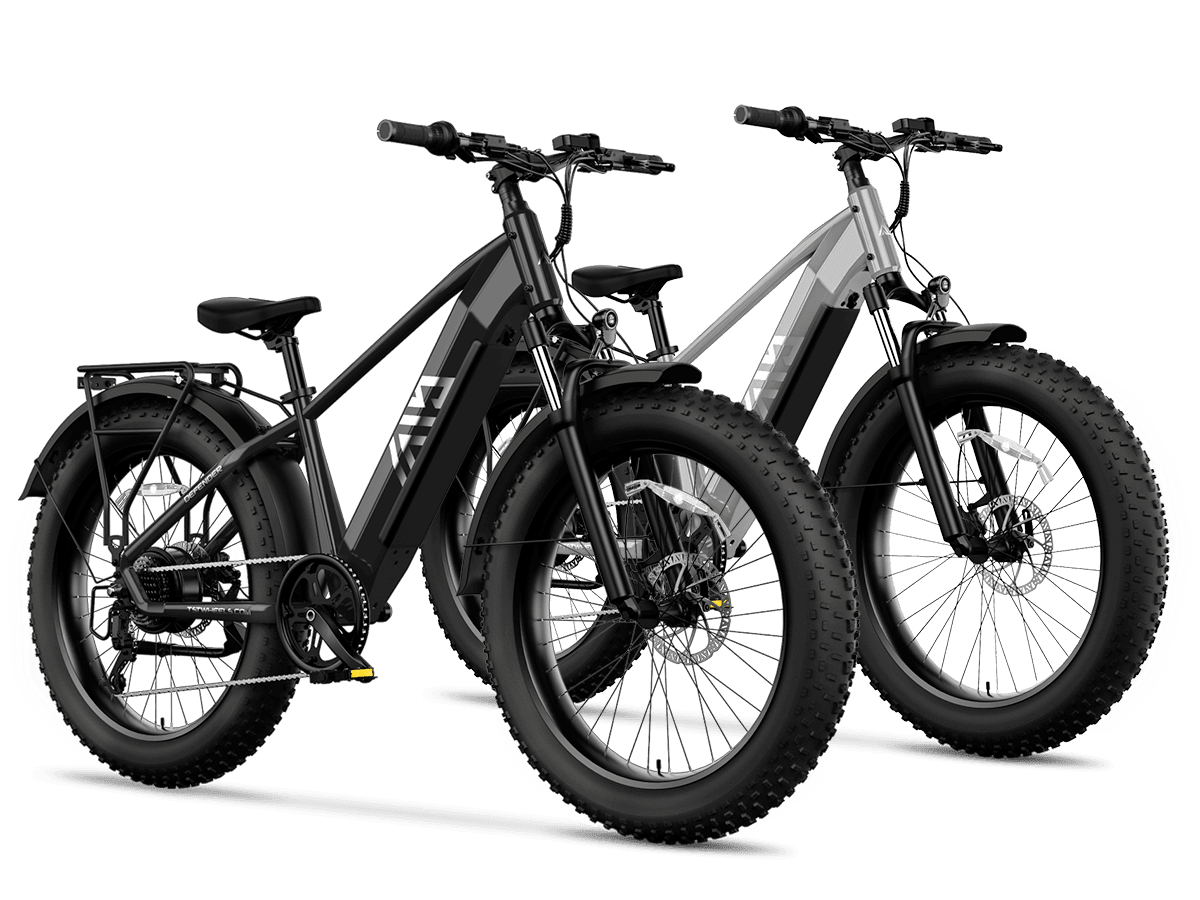
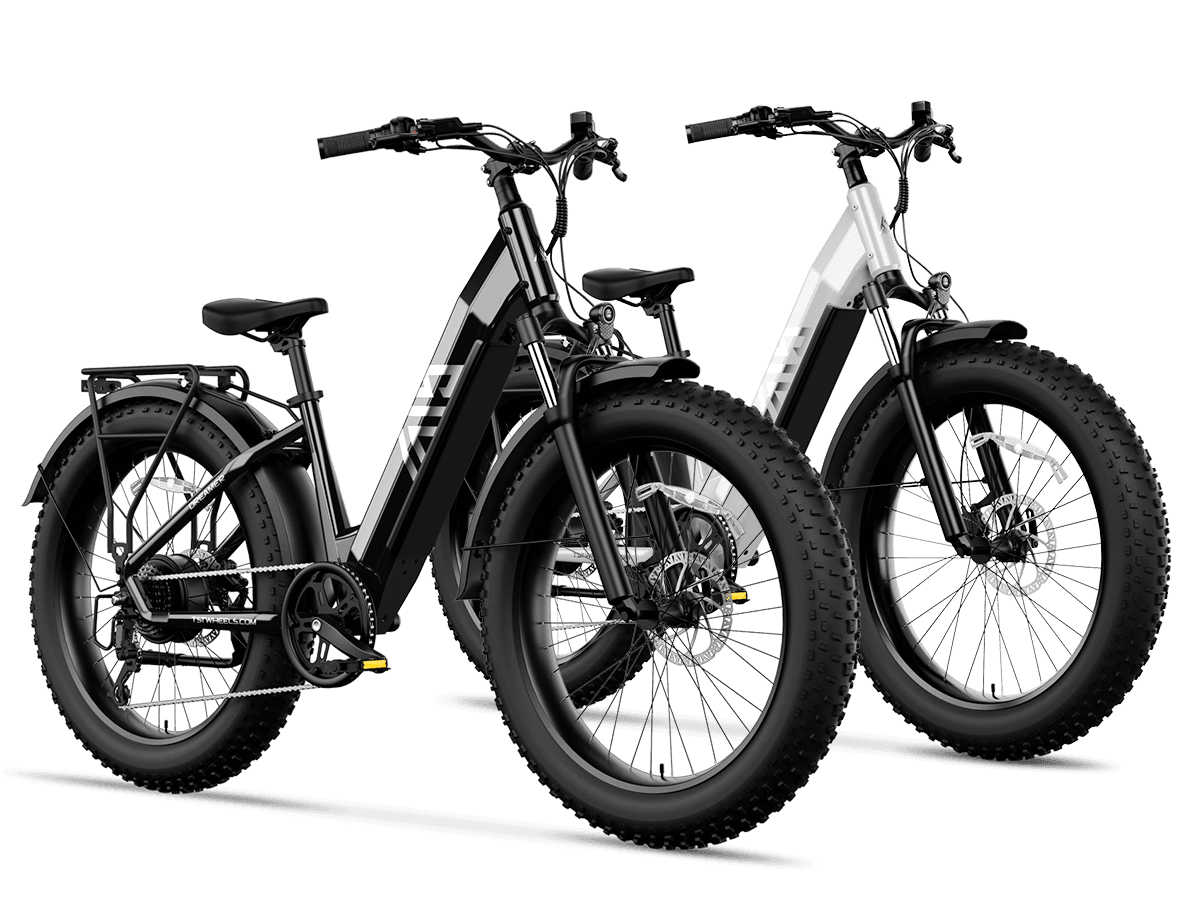
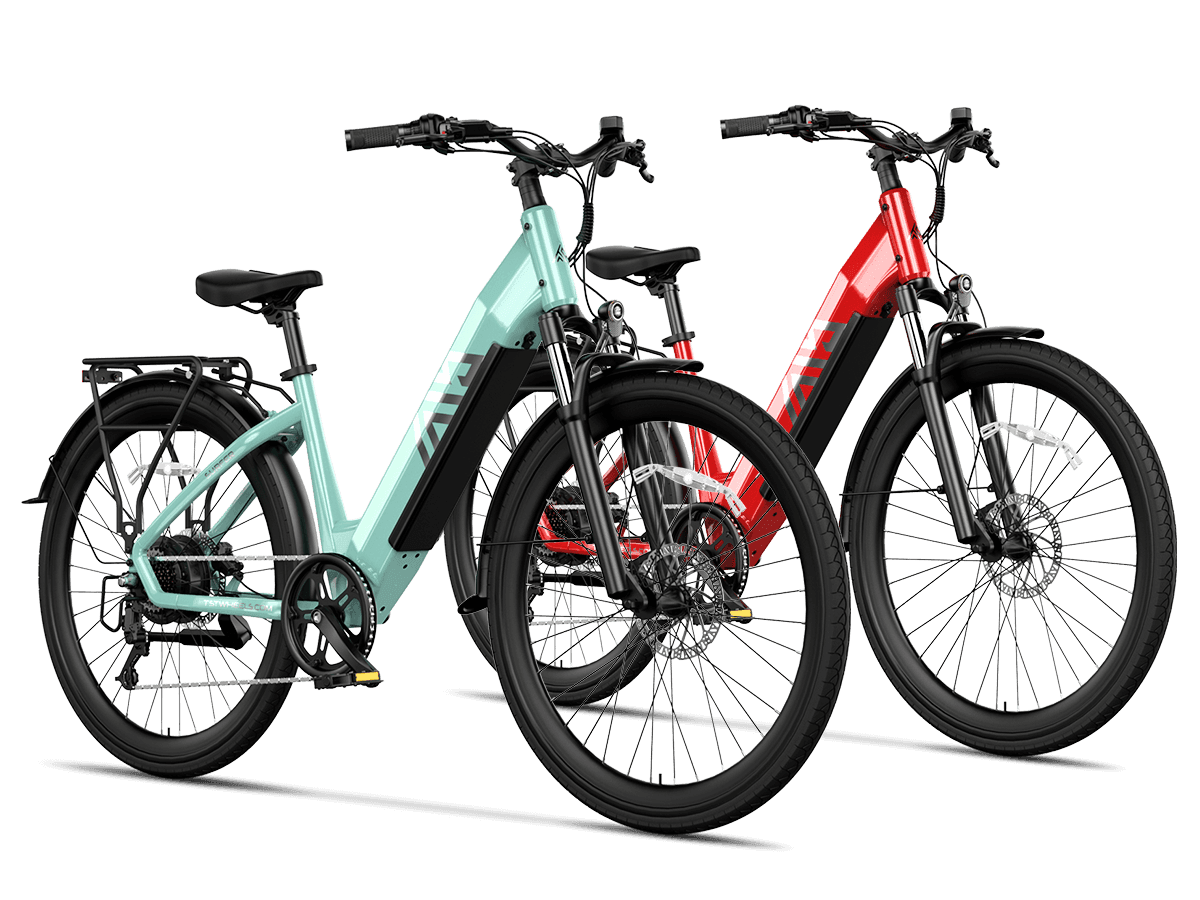
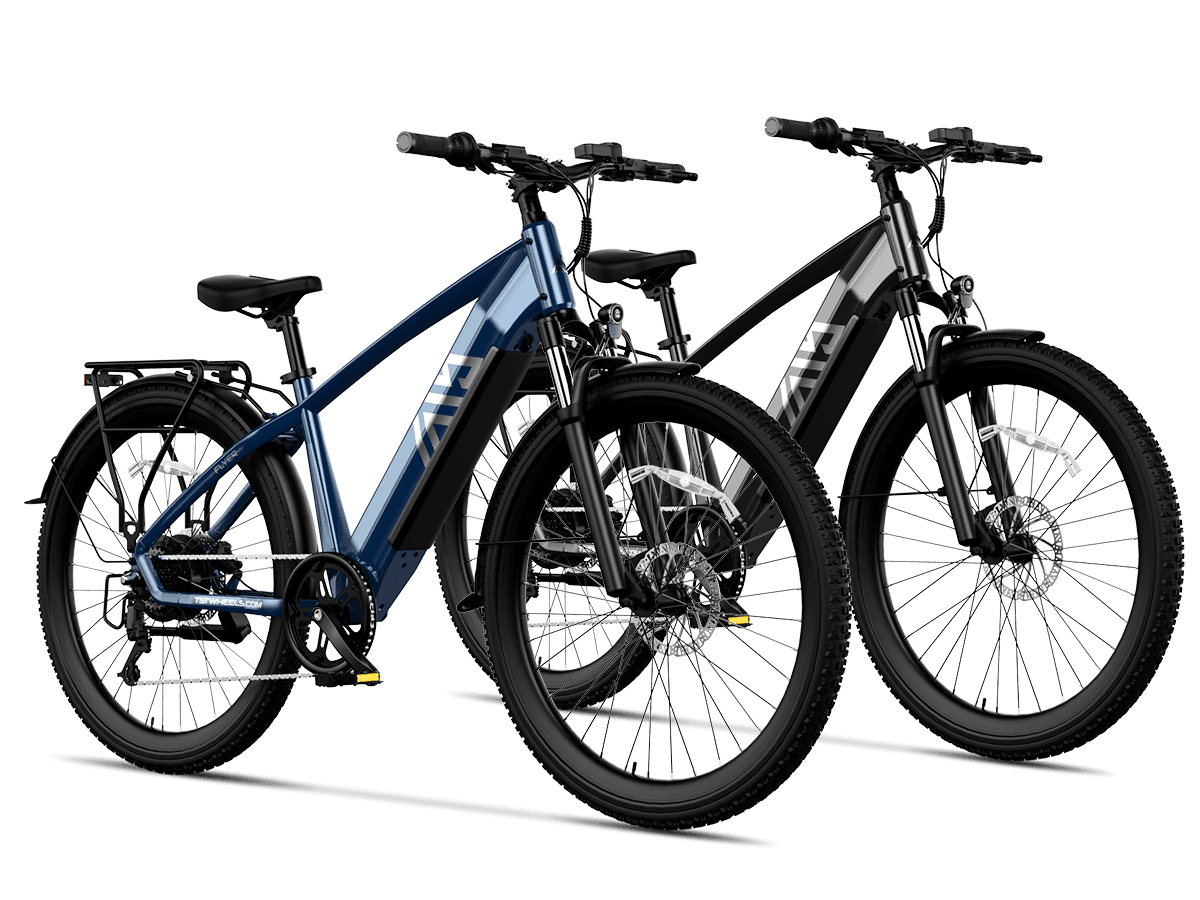



Leave a comment
This site is protected by hCaptcha and the hCaptcha Privacy Policy and Terms of Service apply.